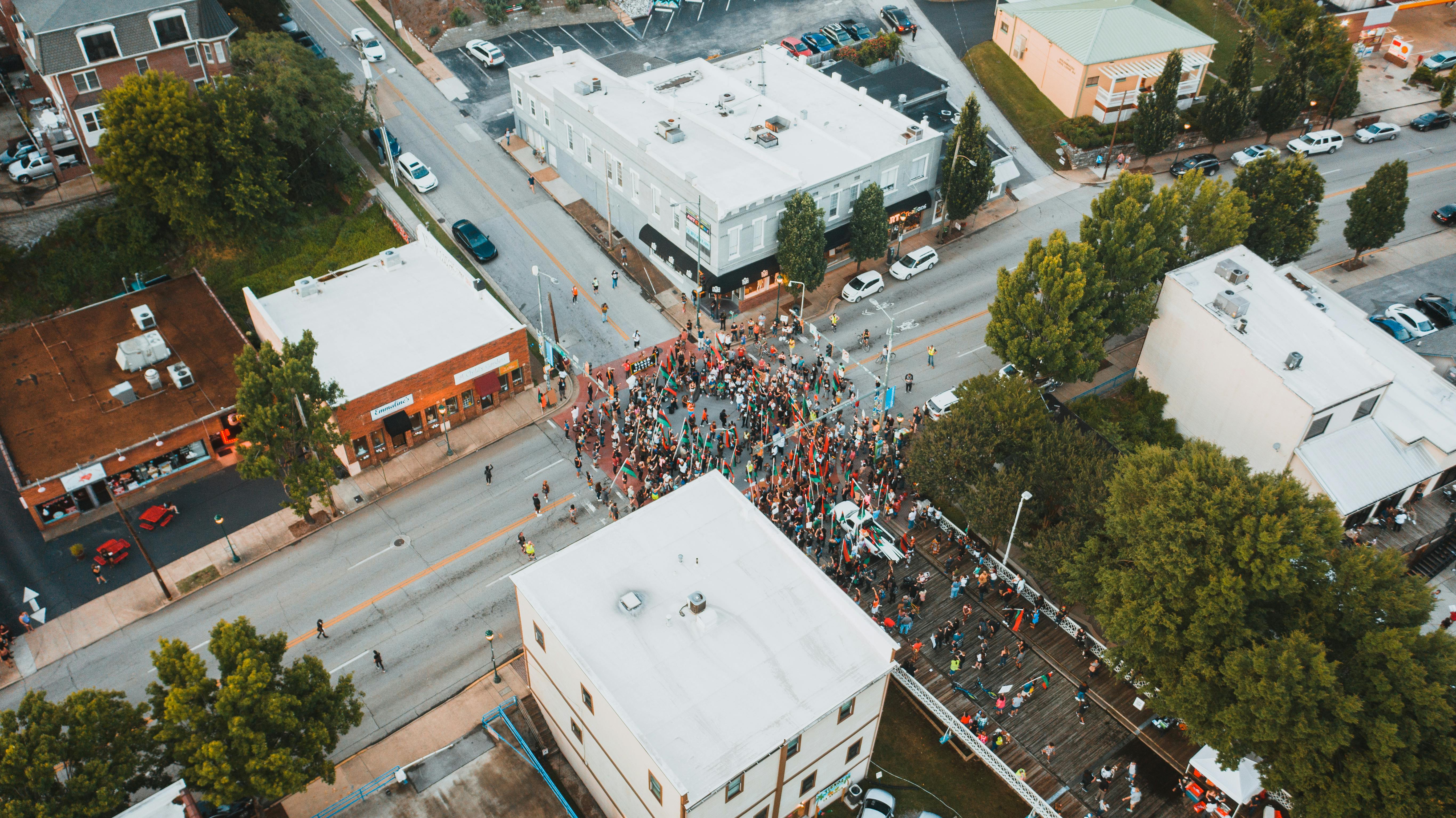Running a full 26.2 mile marathon alone should require a lot of stamina and determination. But for many people who haven’t run long distances before, it may seem like even more pain tolerance is required. This should not be the case, if running is painful then something must be wrong with your running form or with your equipment. This article is about how to address these issues so you can get back to focusing on improving your stamina for successful long-distance running.
First, let’s talk about what to wear when going for a long distance run (more than 5 miles). When one runs long distances, when one swings the arms and legs, any rubbing of the arms against the body or the legs against each other can cause irritating rashes later on. For example, it is normal for the arms to brush against the sides of the body, slightly below the armpit area. The constant rubbing can become painful after 10 or more miles of running. Applying a small amount of Vaseline directly under the armpit area can help alleviate this problem. Some runners try to keep the arms further away from the body, this is a better solution, but some purists argue that it may expend more energy than necessary.
Another problem is that when running long distances, most people tend to sweat a lot. Sweat, combined with the constant rubbing of your running shirt, can cause your nipples to bleed. This is another common problem that is easily fixed by applying some Vaseline to the nipples before running. Another solution is to get a different running shirt. Runners prefer mesh jerseys over cotton ones because they are lighter and more breathable, but mesh material tends to irritate the skin more often than cotton.
Shorts can cause similar rashes around the waist. Most running shorts aren’t super baggy like basketball shorts, and are typically made of a lightweight material that, again, is more likely to irritate the skin through constant chafing. One could go to the extreme of wearing something form-fitting to completely eliminate chafing, but most runners trying to run their first marathon probably won’t want to invest in a professionally fitted running suit. Therefore, the best solution is to simply make sure that your running shorts are not too tight, but also not too loose that they constantly chafe. They should fit perfectly.
If you are going to run for more than an hour under the sun, it is highly recommended to wear sunglasses. Constantly running in the sun day after day without sunglasses can make your eyes very sensitive to sunlight. Wearing a visor is another alternative, but it is yet another item of clothing that one must ensure that it fits well. Most sunglasses provide protection against ultraviolet (UV) rays, which a visor will not protect you from. So getting a cheap pair of UV sunglasses is the best solution.
Finally, the most important piece of equipment is socks and shoes. Socks have to fit the foot perfectly, any looseness in the sock can cause painful blisters. Therefore, it’s good practice to buy shorter ankle-length socks, where there’s less chance of them loosening, rather than longer calf-to-knee socks, which tend to fall toward the ankles as you run. When running, the slack can get trapped inside and under the foot and can lead to a blister.
Shoes should generally be one half to one full size larger than a person’s normal shoe size. This is because the feet tend to swell when running and it can be painful if one wears shoes that are exactly the right size. Running shoes generally need to be changed every 300 miles. This varies from person to person depending on your running style, but 300 miles is a good first estimate. Even though a shoe can still look very new after 300 miles, a shoe tends to lose most of its cushioning ability at this point. Running is a high-impact sport due to the constant pounding of the feet against the ground and adequate cushioning of the feet is necessary.
A side effect of poor foot cushioning is that it sometimes shortens a person’s running stride. This in turn results in pain or pain in the knees. So if one suffers from knee pain, one should inspect their shoes. If the condition persists, then one should visit a professional running shop and have their running form inspected. Most professional shoe stores have a treadmill where they can record, critique, and offer advice on correct running form.



